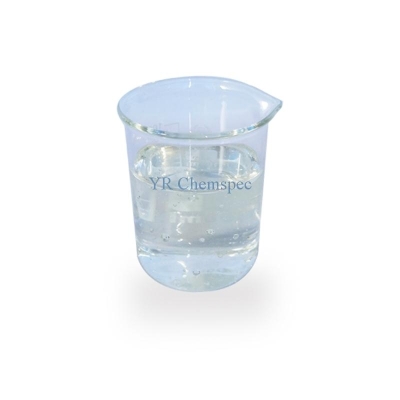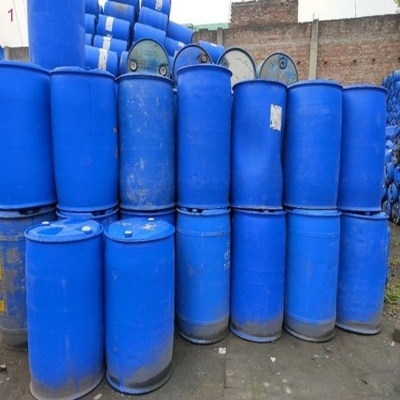-
Categories
-
Pharmaceutical Intermediates
-
Active Pharmaceutical Ingredients
-
Food Additives
- Industrial Coatings
- Agrochemicals
- Dyes and Pigments
- Surfactant
- Flavors and Fragrances
- Chemical Reagents
- Catalyst and Auxiliary
- Natural Products
- Inorganic Chemistry
-
Organic Chemistry
-
Biochemical Engineering
- Analytical Chemistry
- Cosmetic Ingredient
-
Pharmaceutical Intermediates
Promotion
ECHEMI Mall
Wholesale
Weekly Price
Exhibition
News
-
Trade Service
Recently, Professor Wu Changzheng's research group of University of Science and Technology of China and Zhang Qun research group cooperated to develop a new water-soluble simple small molecule co-catalyst, which greatly improves the photocatalytic hydrogen production performance and provides a new way
to get rid of the currently widely used precious metal co-catalyst.
Precious metals are widely regarded as efficient cocatalysts for improving the efficiency of solar photon energy utilization, but precious metals as solid catalysts often have a limited contact area, and the high cost greatly limits large-scale applications
.
In response to the above challenges, Wu Changzheng's research group found that the water-soluble small molecule trifluoroacetic acid (TFA) is a new and efficient molecular co-catalyst
.
They were able to successfully transfer photogenerated charges through a simple reversible redox reaction of cocatalyst molecules, which provided new ideas
for the efficient use of photon energy.
They added trifluoroacetic acid to a two-dimensional nanomaterial solution of potassium niobate with high specific surface area advantage, and used the cocatalyst to accelerate the rapid charge transfer of the two-dimensional material to improve the photon utilization efficiency, and successfully improved the photocatalytic hydrogen production performance by 32 times
.
After the addition of trifluoroacetic acid, the lifetime of photogenerated electrons in potassium niobate nanosheets increased by nearly 3 times, indicating that the efficient charge transfer induced by small molecule cocatalysts was an important reason for
the significant improvement of the photocatalytic performance of the system.
The proposal of small molecule co-catalyst strategy is expected to get rid of the traditional noble metal co-catalyst system, and provide a new way
for the design of cheap and efficient photocatalytic systems.
(Chen)







